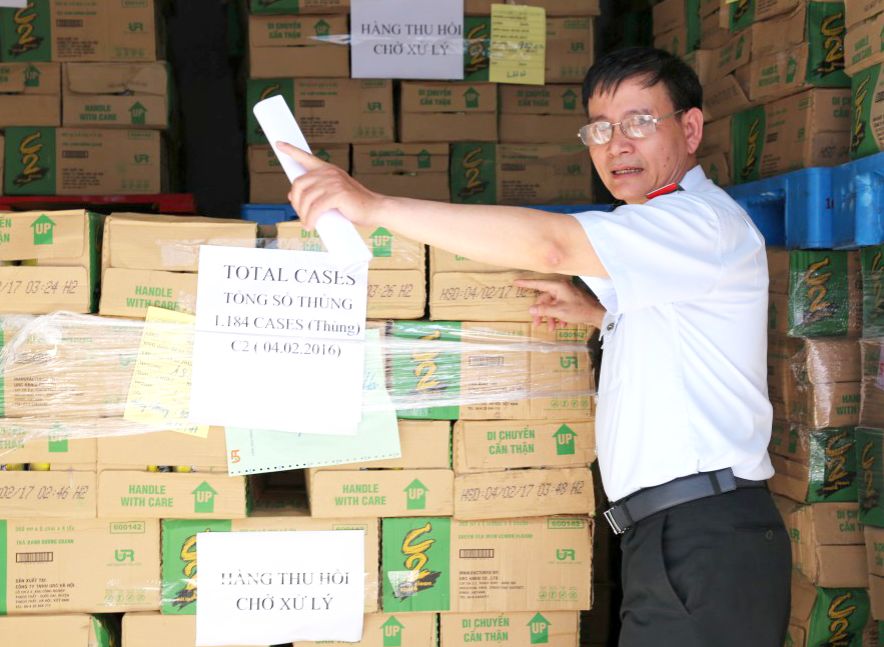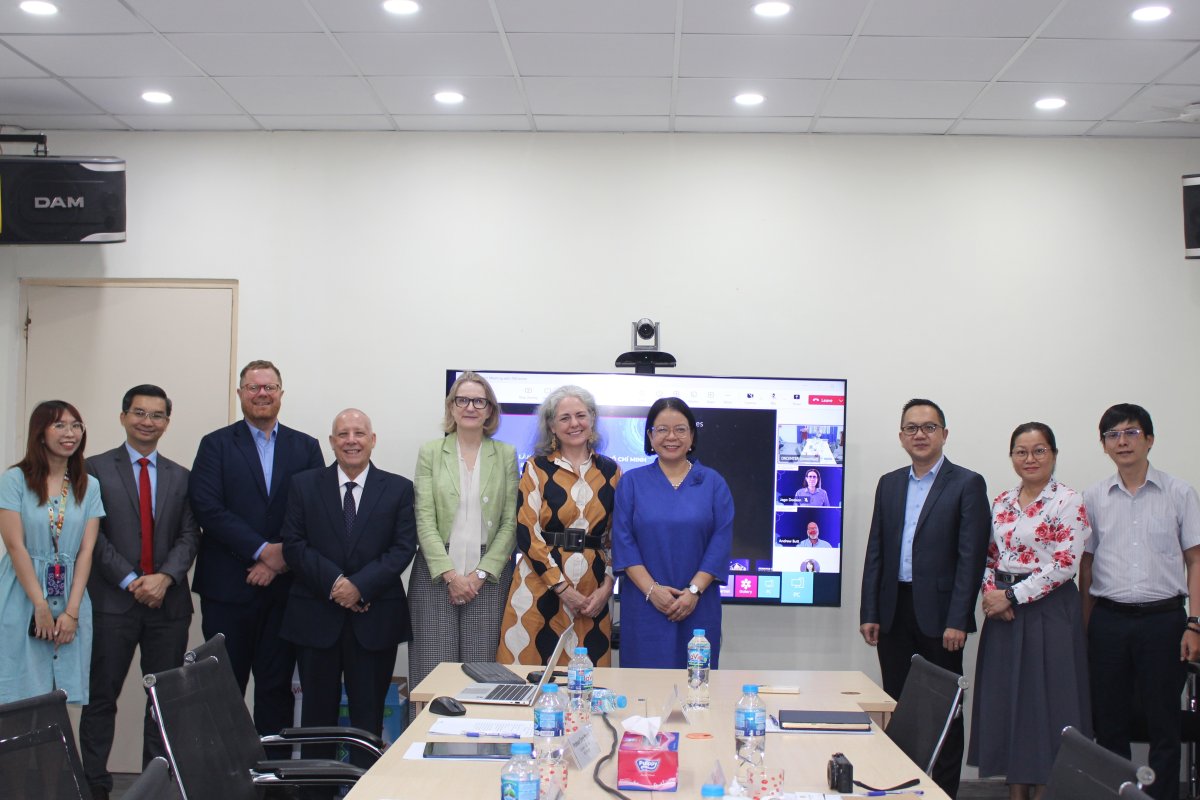Hoang Tuan Dung, a lecturer in the Crisis Communication course in RMIT Vietnam’s Professional Communication program, says his students learn best when they can relate to current examples.
He shares with us the recent case of Philippine food maker Universal Robina Corp.
Q: What is crisis communication?
Dung: Crisis communication is the practice of protecting and defending a company, individual or brand in the face of an event that could negatively affect its image.
These negative events have two things in common: the brand/individual/company is being held responsible for an act, and the act is offensive. Most image restoration strategies therefore seek to either reduce responsibility or offensiveness, or both.
When faced with a crisis, the knee-jerk reaction of brands is to protect their reputation, but they often do so in the wrong way. In our Crisis Communication class we analyse these cases and try to learn from them.
Q: Can you give us an example of a recent case study?
Dung: Last year Philippine food maker Universal Robina Corp. (URC) Vietnam was found to have been responsible for manufacturing and selling millions of beverage products with high lead content.
Instead of apologising, when forced to recall millions of tainted bottles, URC Vietnam's response strategy was to minimise the impact of the lead contamination. The company published a local print ad stressing that all products were safe except two tainted and recalled batches.
And while it was unresponsive to criticism over consumer safety, the company was vocal in denying accusations of bribing quality-control officers and local media to turn a blind eye.
More than six months after the forced recall, URC Vietnam has neither apologised nor offered correction or compensation.
Their ‘silence strategy’, hoping to shrug off responsibilities over consumer health impact, is too passive because according to the Institute for Public Relations, “it lets others control the story and suggests the organisation has yet to gain control of the situation”.




